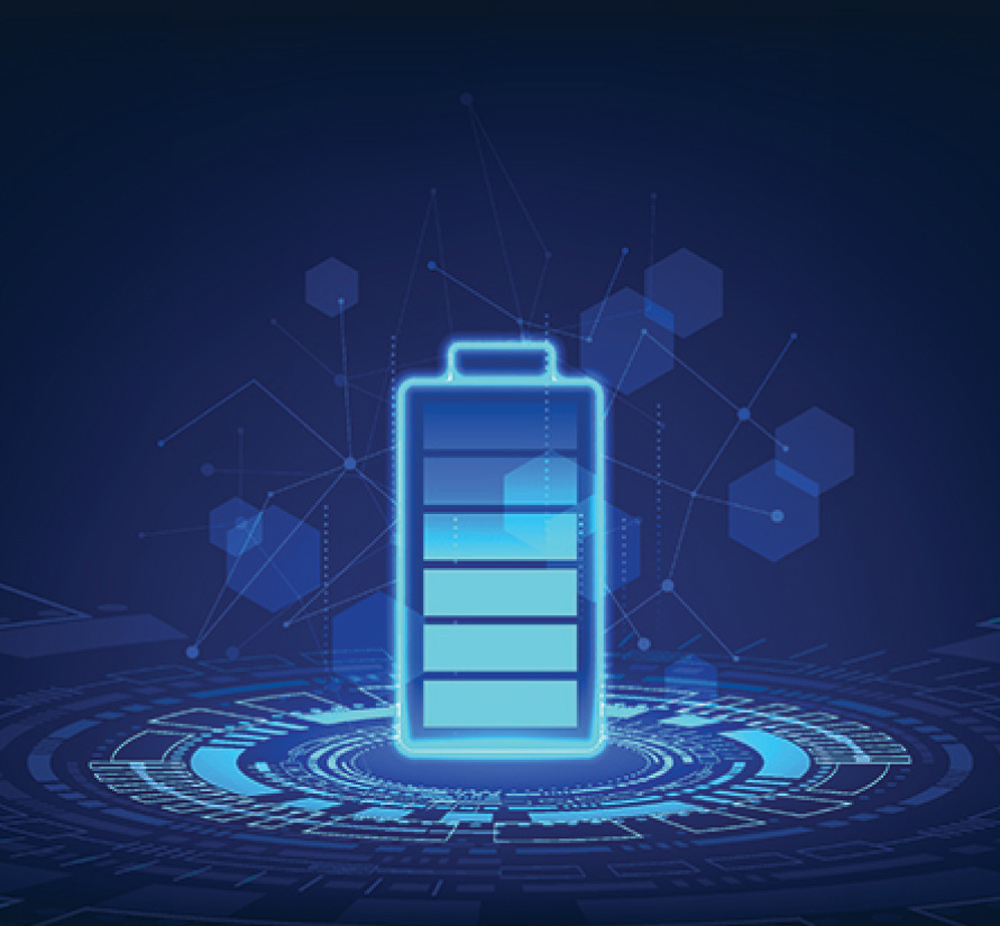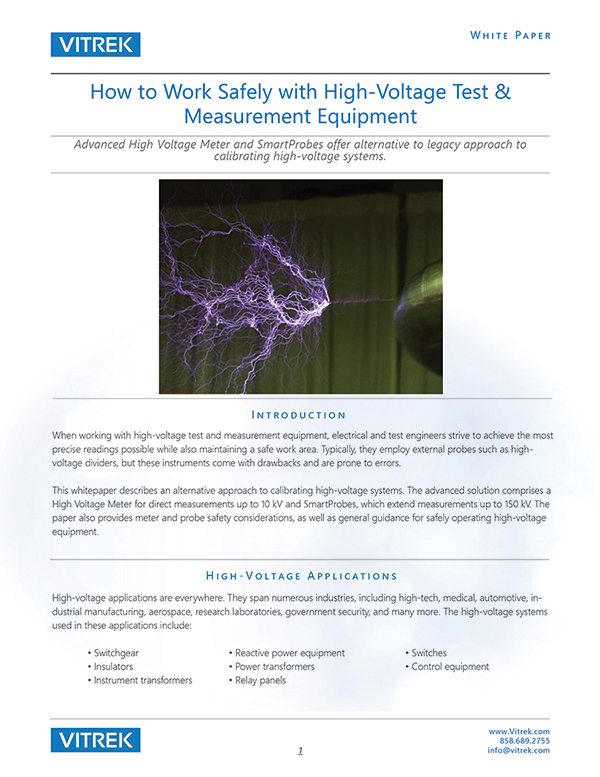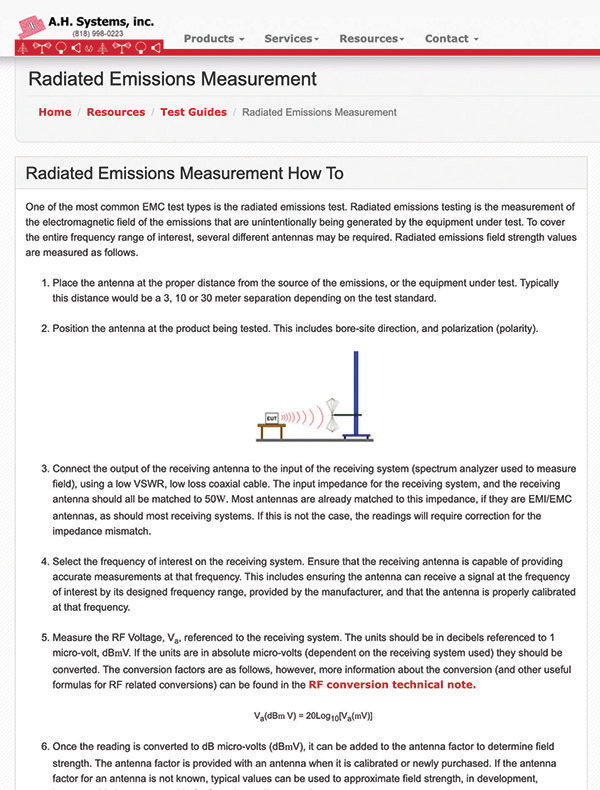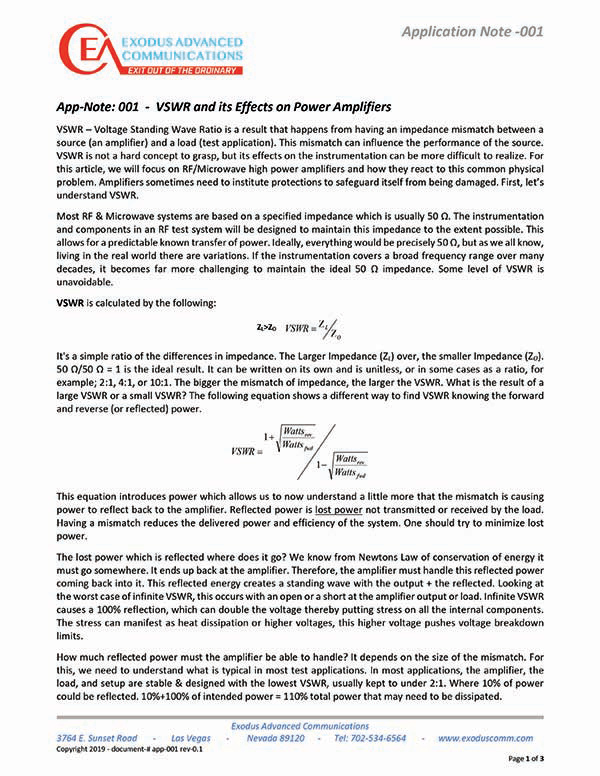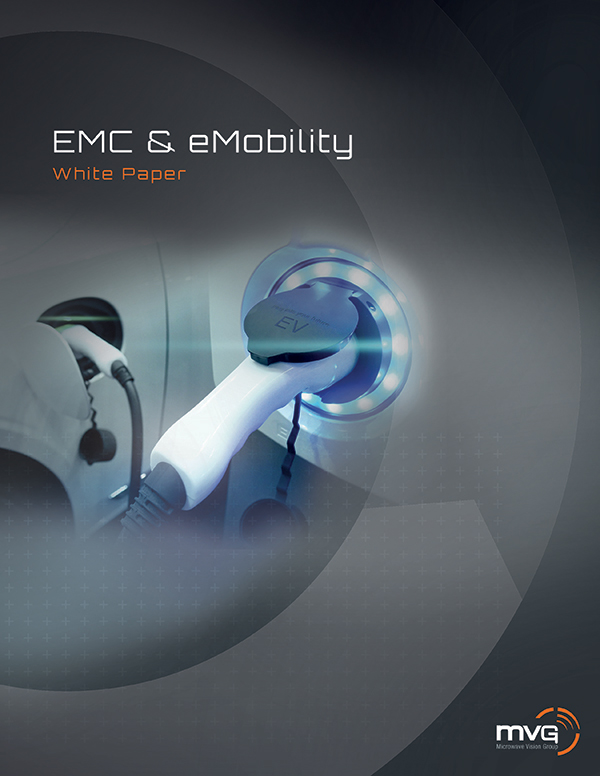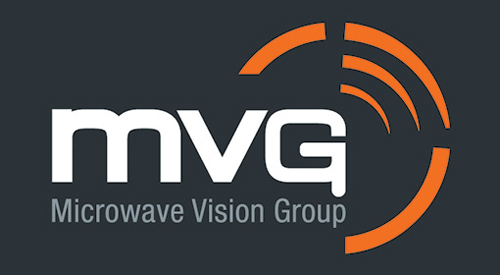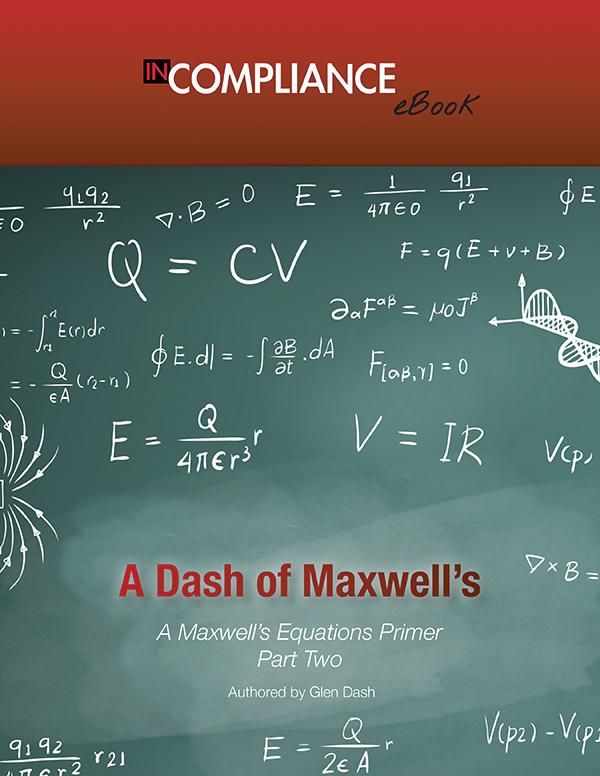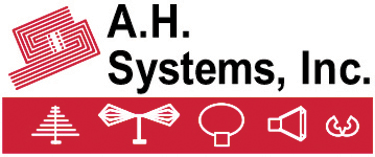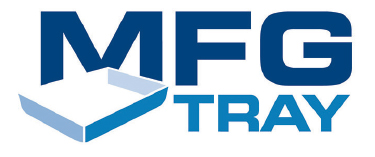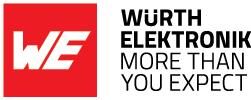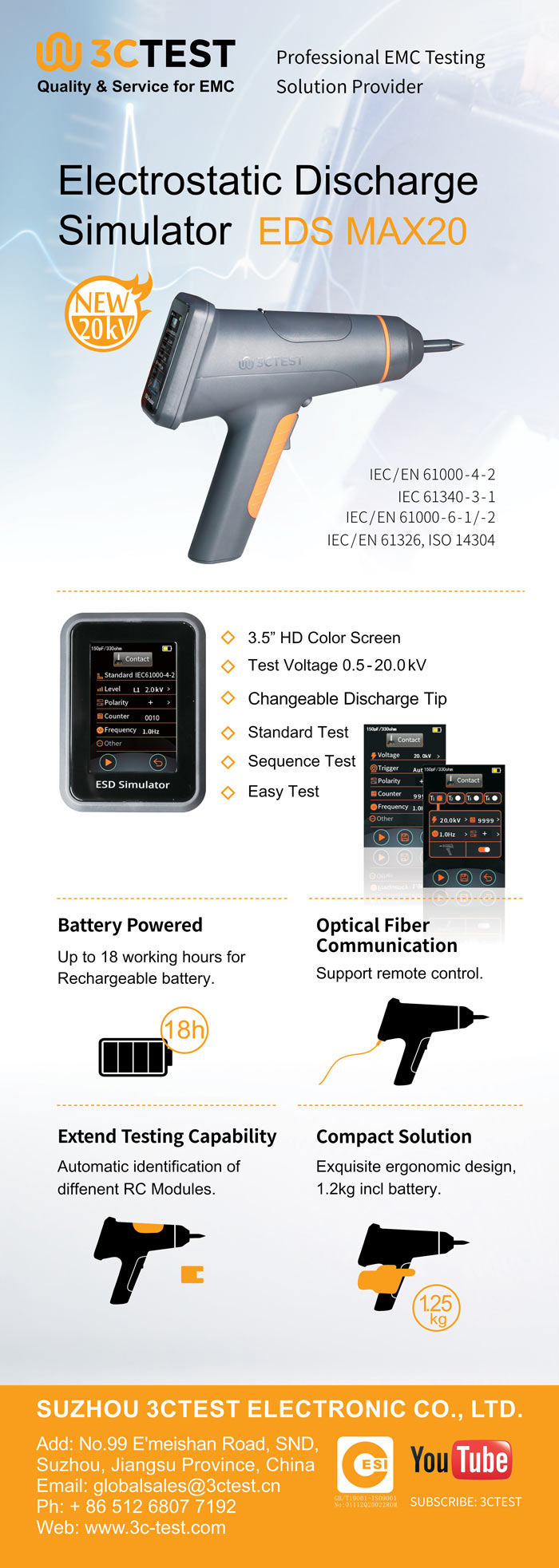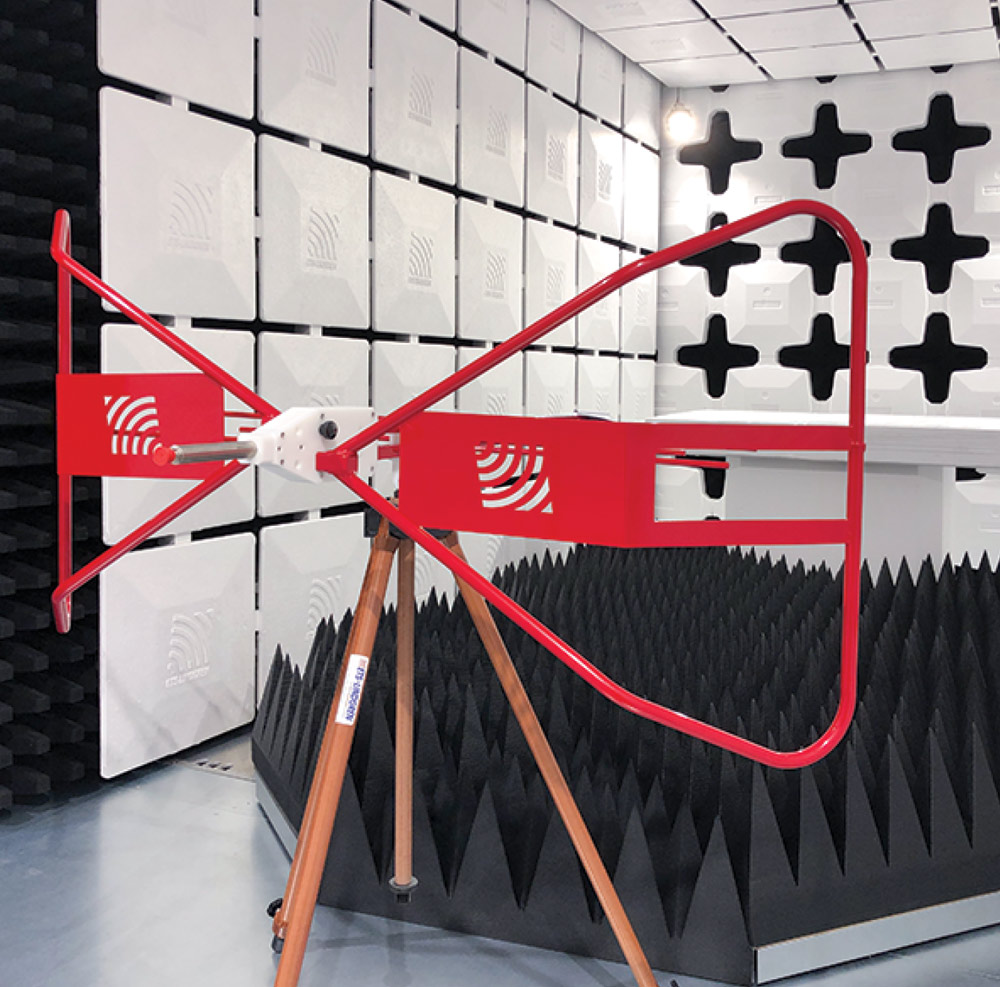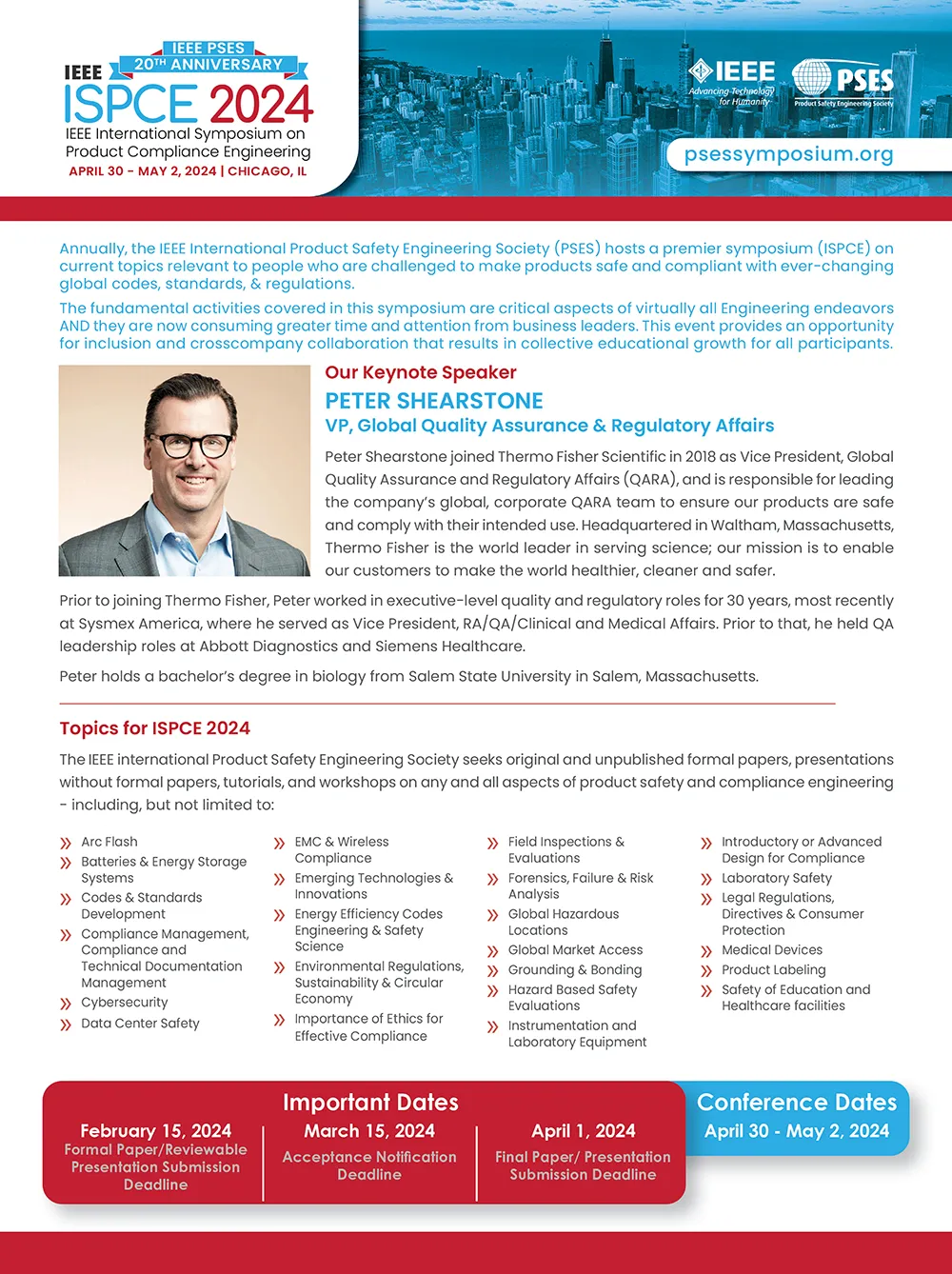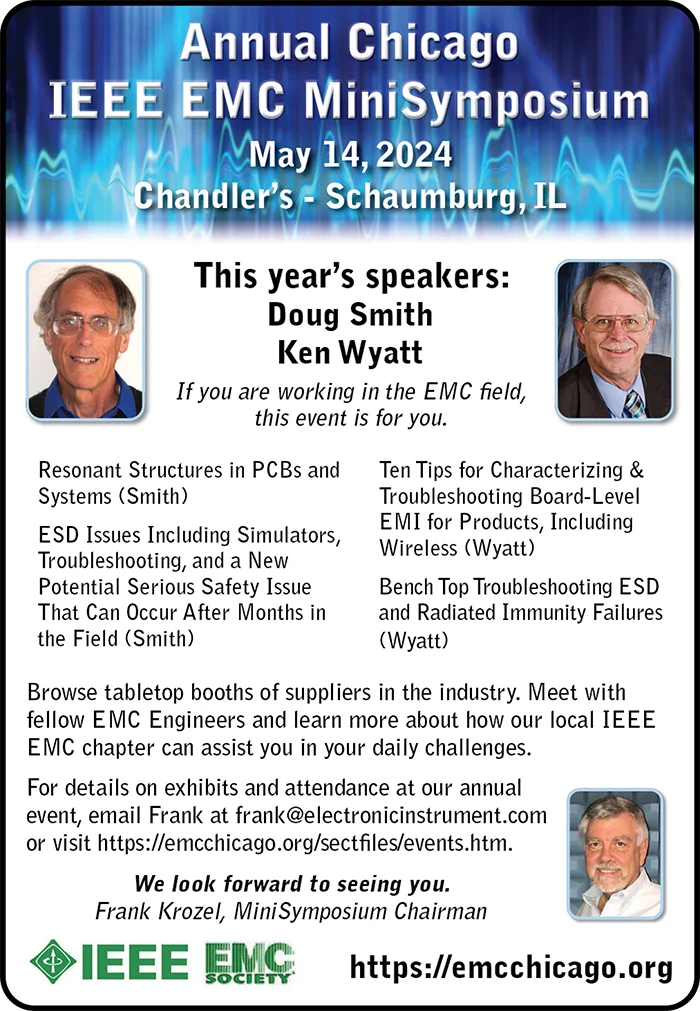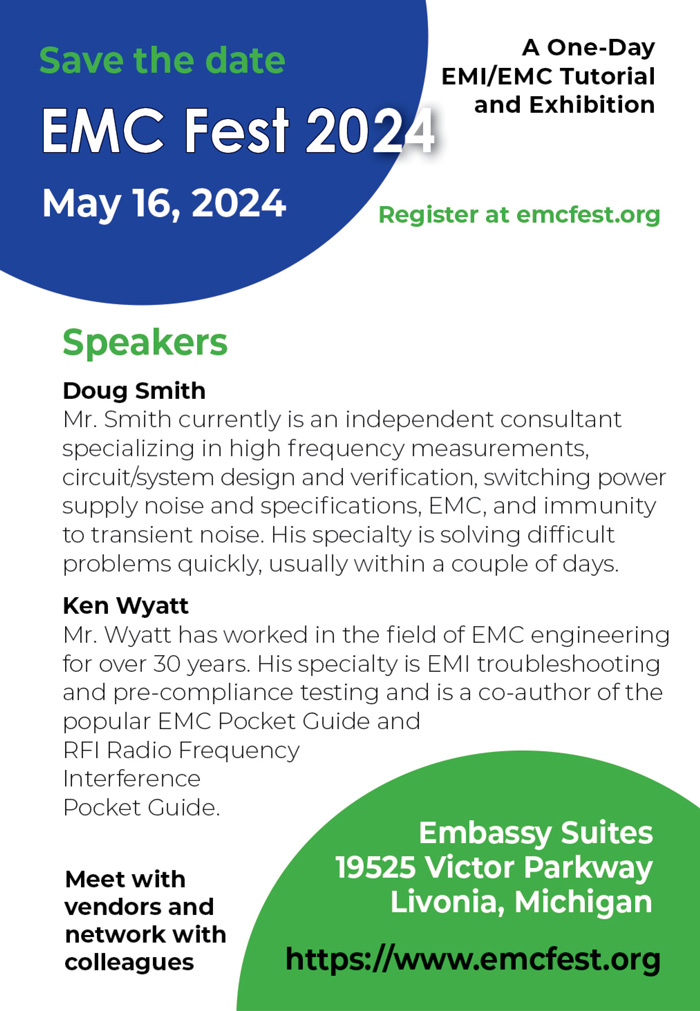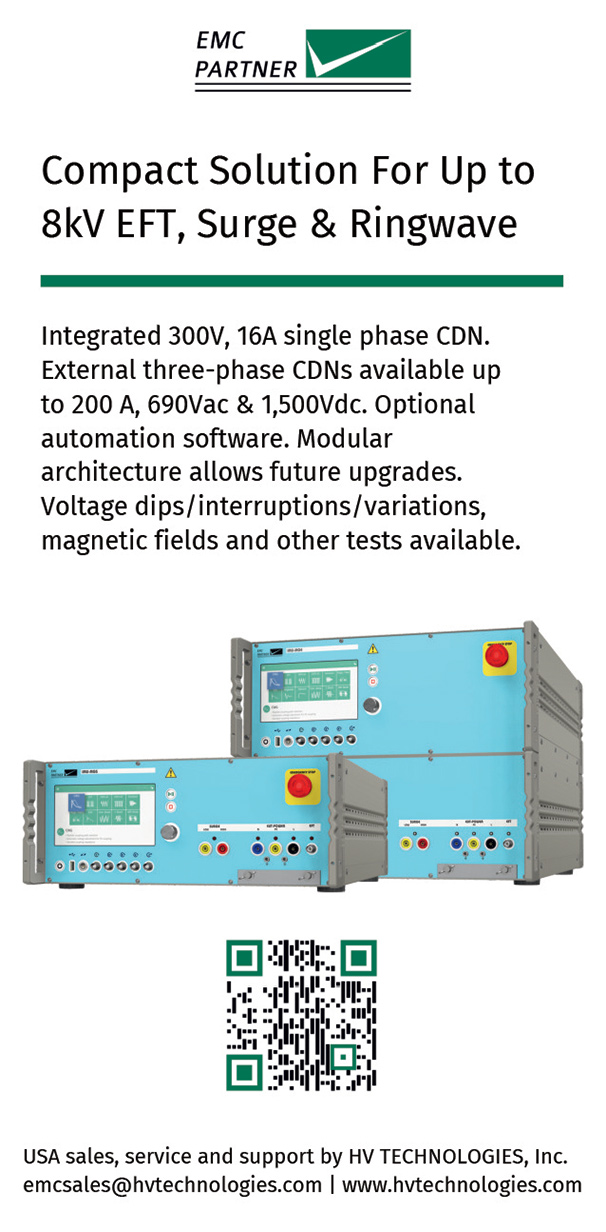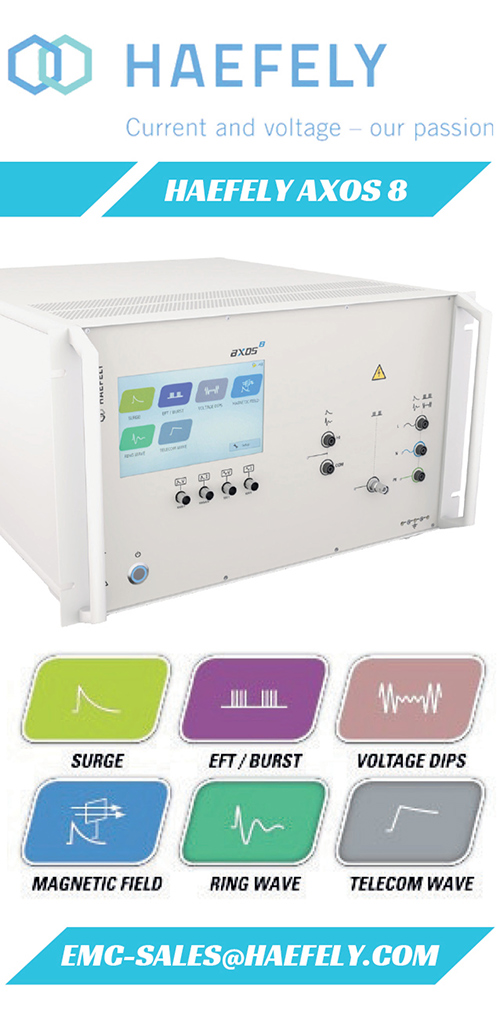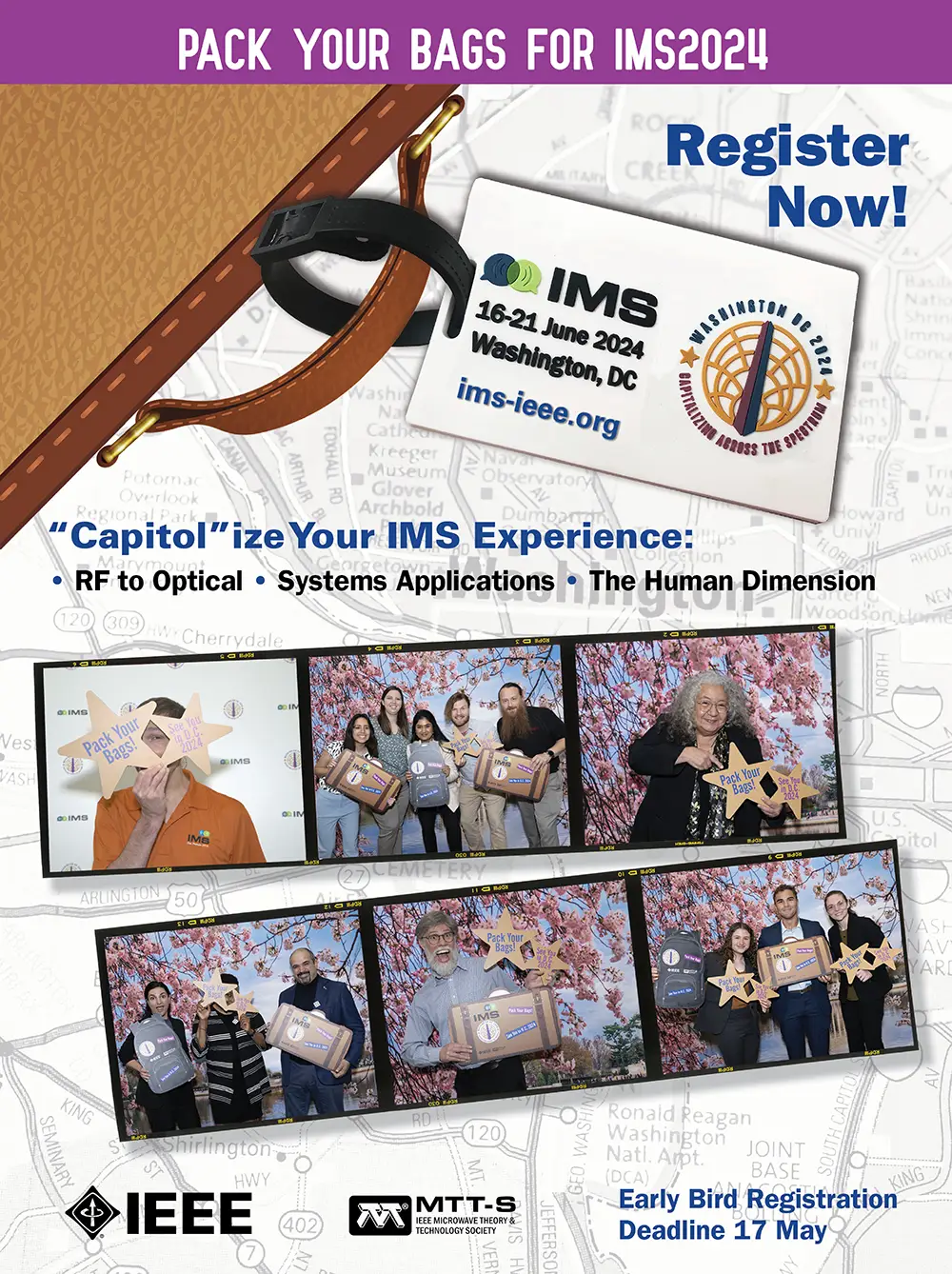
Complying With the EU’s EMC Directive Without 3rd Party Testing
Methods and Effects of Magnetic Pulses on the Magnetoreception of Birds

Complying With the EU’s EMC Directive Without 3rd Party Testing
Methods and Effects of Magnetic Pulses on the Magnetoreception of Birds

Or contact us at info@arworld.us & 215.723.8181
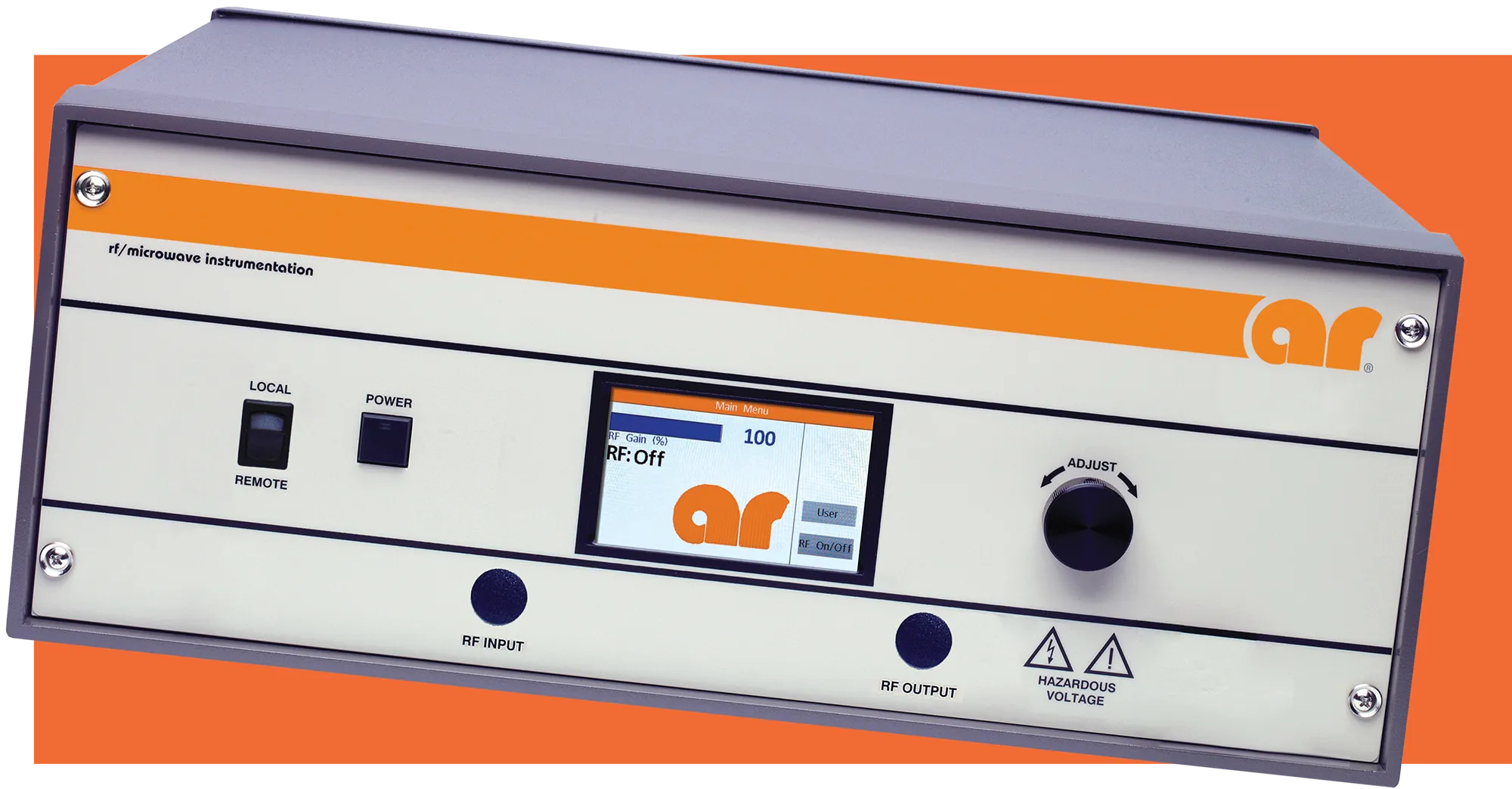

ISSN 1948-8254 (print)
ISSN 1948-8262 (online)
is published by
Same Page Publishing Inc.
451 King Street, #458
Littleton, MA 01460
tel: (978) 486-4684
fax: (978) 486-4691
©Copyright 2024 Same Page Publishing, Inc. all rights reserved
Contents may not be reproduced in any form without the prior consent of the publisher.
While every attempt is made to provide accurate information, neither the publisher nor the authors accept any liability for errors or omissions.
editor-in-chief
bruce@brucearch.com
keith.armstrong@
cherryclough.com
Leo@EisnerSafety.com
dgerke@emiguru.com
ken.javor@emcompliance.com
kenrossesq@gmail.com
wernerschaefer@comcast.net
In a Letter to Industry, the FDA notes that it has observed an increase in recent years of contracted third-party testing laboratories fabricating test data, duplicating test data used in other device submissions, or providing unreliable characterizations of their testing. Although the Letter does not identify specific testing laboratories that have generated fabricated test data, it does point to…
In a Declaratory Ruling issued in early February, the Commission summarized its determination that calls that include AI-generated voices are “artificial” under the Telephone Consumer Protection Act (TCPA) and, therefore, illegal. Under the TCPA, violators are subject to FCC enforcement authority, including fines and actions to block calls from telephone carriers that facilitate illegal robocalls. In addition…
Don’t miss an issue! Renew today.
Get your own free subscription!

ommunication has advanced at an unbelievable pace in the 150 years between the Pony Express and the advent of the internet. The shelf life of information has drastically decreased, from weeks to seconds, and the distance we are willing to travel for information has shrunk to virtually nothing. We demand instantaneous access to a massive range of data, no matter where we may be in the world. Companies are spending billions of dollars for faster access to information, and consumers spend more each year on faster devices. Cellular carriers, aware of this trend, have shifted from voice-only networks to data-centric services and are relying more heavily on spectrum sharing.
The first recognizable iteration of Wi-Fi launched in 1999. Prior to 2008, about two billion Bluetooth devices had been sold. But, in 2022 alone, 4.9 billion Bluetooth devices were shipped in the span of a single year. There are now Wi-Fi access points in planes, dog collars with GPS, and toothbrushes with Bluetooth connectivity. Radio devices are everywhere, and there are more users, more devices, and greater saturation of frequency bands.




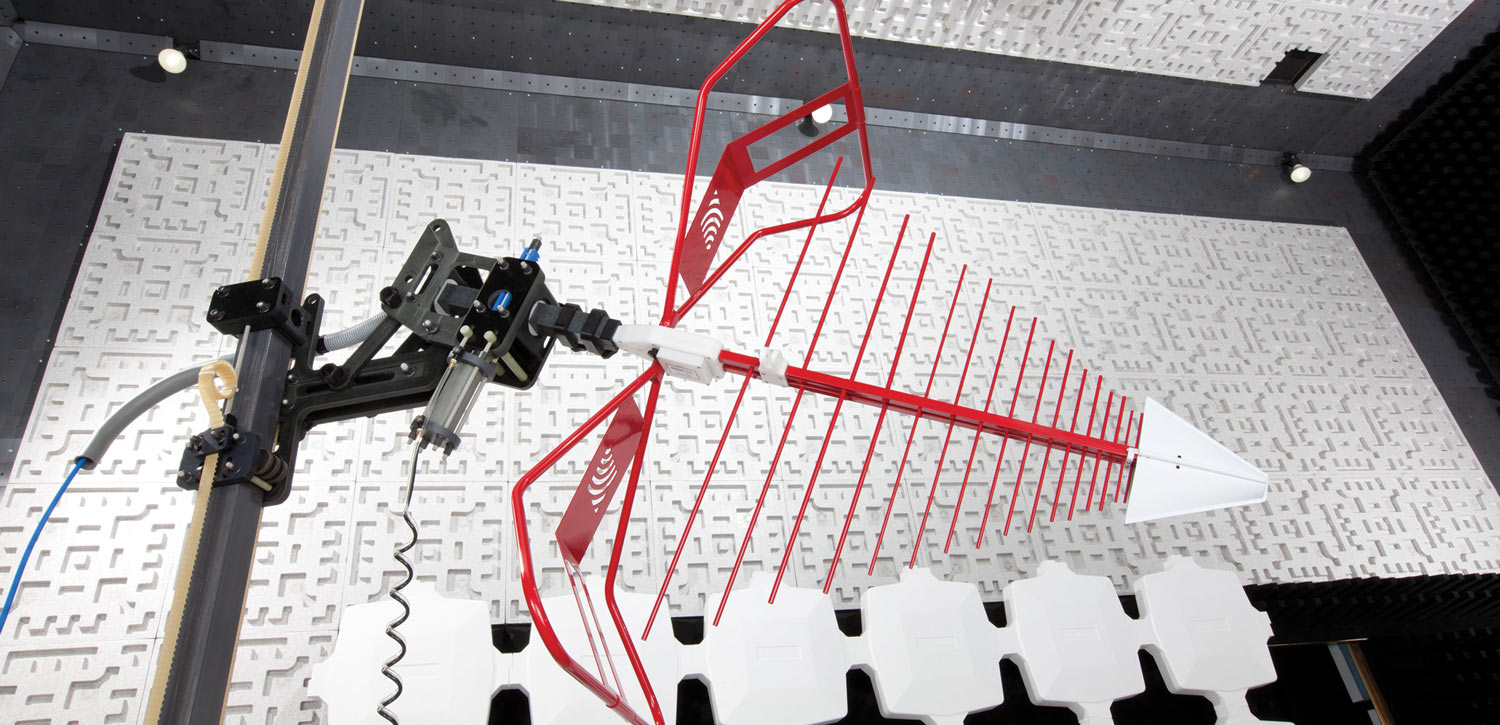
(512) 531-6400 | https://www.ets-lindgren.com
At ETS-Lindgren, customer-centricity is paramount. We approach every customer request by listening attentively, understanding their needs and challenges, and working collaboratively to identify effective solutions.
Moreover, we remain committed to supporting our customers beyond solution delivery, providing ongoing product maintenance to prolong solution life and effectiveness, personnel training to optimize productivity, and upgrades to enhance solution utility.
At ETS-Lindgren, we are Committed to a Smarter, More Connected Future.
(978) 266-9500 | https://www.tuv.com/us/en
Technical Manager, Medical Testing
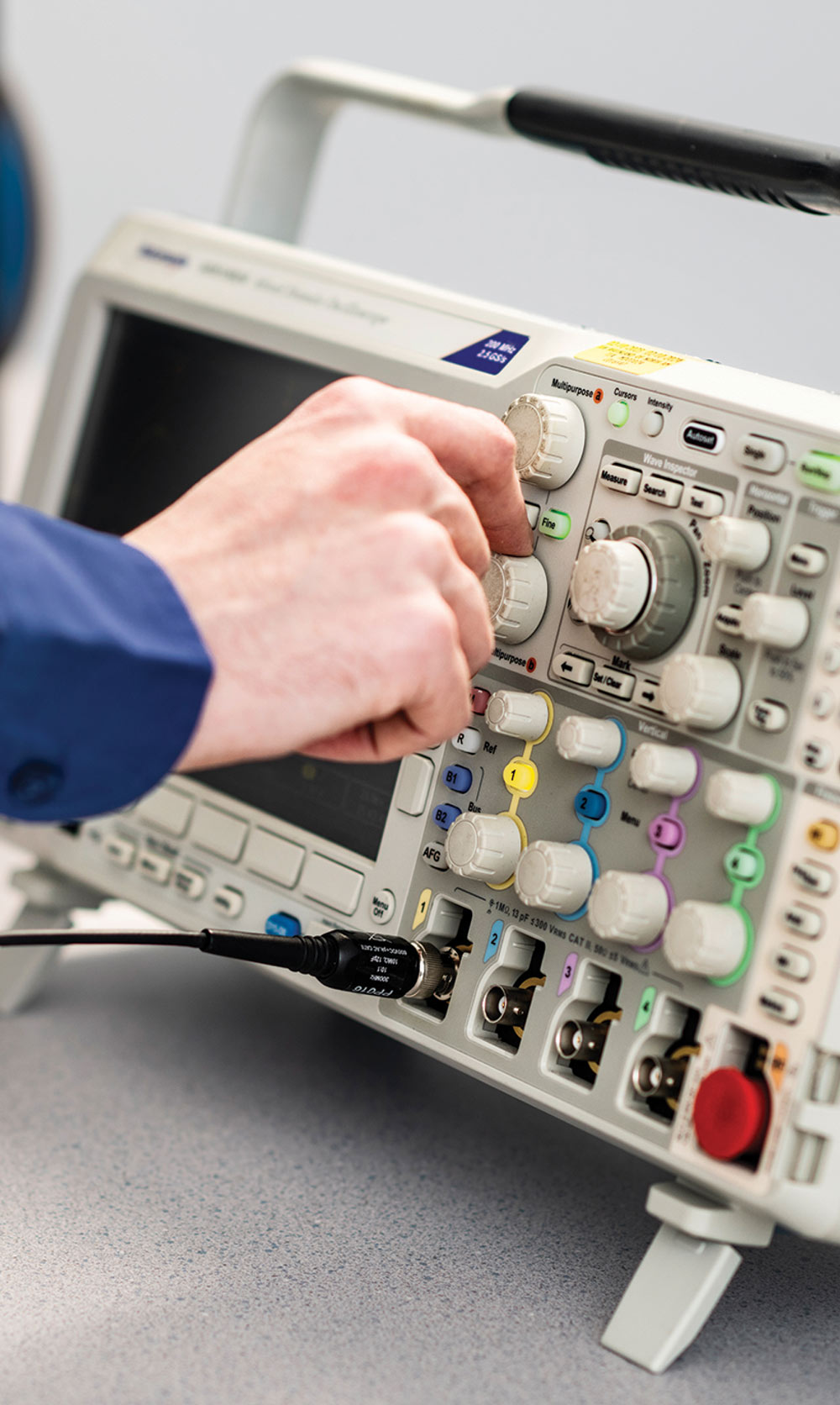

oday’s communication, transportation, and power delivery systems all depend on the extensive use of batteries to keep them functioning in a safe and reliable manner. Battery cell technology has its origins in the late 1700s, while fuel cells were not available commercially until the mid‑20th century. But today’s batteries and fuel cells are an amazing combination of the application of principles of chemistry and electrical engineering.
The standard approach today is that when a battery is the only power source of an electrical system (referred to as the primary power source), analysis techniques are normally applied to characterize the battery as being able to supply constant input voltage to its load. As we have all experienced in our daily lives, constant input voltage conditions do not really exist unless there is an additional power source to maintain the battery’s state of charge.

common path to achieving compliance to the European Union’s (EU’s) EMC Directive 2014/30/EU (which I shall call the EMCD here) takes many manufacturers down the route of utilizing a third-party EMC test laboratory to obtain EMC test reports for their products. This process was detailed in the article “IT Server Hardware Compliance, Part 1,” which appeared in the December 2023 issue of In Compliance Magazine [1].
However, it is important to understand that the EMCD contains no legal requirements for performing any EMC laboratory tests. This was equally true for the original EMCD, 89/336/EEC, and its 2nd Edition, 2004/108/EC.

he Earth’s magnetic field is a dipole that acts like a large magnet, with its poles relatively near to the geographic (rotational) poles. Although the magnetic north pole is really in the geographic south position and vice versa, the magnetic north pole is typically referred to as the end of the dipole closest to the geographic north pole, and the magnetic south pole is similarly referred to as the end of the dipole closest to the geographic south pole. The geomagnetic field lines of force leave the magnetic South through Antarctica, circle the Earth, and re‑enter through the magnetic North’s surface, through the Arctic pole, creating vectors of these ascending lines of force in the Southern Hemisphere and descending lines of force in the Northern Hemisphere, which are parallel to the earth’s surface at the equator.
As one moves closer to the equator, the strength of the lines of force steadily declines, reaching maximum values of around 60,000 nT at the poles and around 30,000 nT at the Equator [1]. These characteristics make the magnetic field a very reliable and omnipresent source of information, in which the magnetic vector (the vector between the line of force of the magnetic field and the line of force of gravity) provides directional information that the bird can use as a “compass.” Further, the spatial distribution of other factors, such as intensity or inclination, can be components of the “map,” providing information on the geographic position of the bird as they vary between the poles and the equator. [2, 3].
he impact of decoupling capacitors and a PCB trace length on signal integrity was discussed in [1], while the impact on radiated emissions was discussed in [2]. In this article, we evaluate the impact of the capacitors and trace length on conducted emissions.
he ESDA technology roadmap is written to support and guide the daily work of ESD and latch-up experts in the worldwide industry and academia. At the same time, it is intended to provide a glimpse into the future ESD thresholds of semiconductor devices and their impact on ESD control practices. It also presents current and future technical challenges in ESD and latch-up. With their expertise vision, the ESDA Advanced Topics Team has completed the most recent edition, published in January 2024 [1]. In this article, we want to highlight some of the changes and look at one key trend in advanced packaging.
n our last few “On Your Mark” columns, we’ve been putting a spotlight on the American National Standards Institute (ANSI) Z535 standards. This family of U.S. voluntary consensus standards was created to enhance safety communication and promote consistent hazard recognition and understanding – making it important for manufacturers and workplaces across the country. These standards create a guide for the design, application, and use of signs, colors, and symbols intended to identify and warn against hazards and for other accident prevention purposes. Our theme of exploring each of these standards individually continues, this month focusing on ANSI Z535.6 – Product Safety Information in Product Manuals, Instructions, and Other Collateral Materials.
View Index
 Visit In Compliance’s booth at these events!
Visit In Compliance’s booth at these events!Adding UNII-4 Band to Previous UNII Approvals Webinar
April 16-19
Applying Practical EMI Design & Troubleshooting Techniques
Advanced Printed Circuit Board Design for EMC + SI
Mechanical Design (Enclosure & Cable shielding) for EMC
April 21-24
American Association for Laboratory Accreditation (A2LA) Annual Conference
April 23
 Antenna Measurement Techniques Association (AMTA) Regional Event and Tabletop Show
Antenna Measurement Techniques Association (AMTA) Regional Event and Tabletop Show
April 30- May 2
 IEEE International Symposium on Product Compliance Engineering (ISPCE 2024)
IEEE International Symposium on Product Compliance Engineering (ISPCE 2024)
May 14-17
Applying Practical EMI Design & Troubleshooting Techniques
Advanced Printed Circuit Board Design for EMC + SI
Mechanical Design (Enclosure & Cable shielding) for EMC
 Annual Chicago IEEE EMC Mini Symposium
Annual Chicago IEEE EMC Mini Symposium
May 16
 EMC Fest 2024
EMC Fest 2024
May 16
Japan Radio Regulations Webinar
May 19-23
2024 International Applied Computational Electromagnetics Society (ACES) Symposium
May 20-23
IEEE I2MTC 2004 – International Instrumentation and Measurement Technology Conference
May 20-24
2024 IEEE Joint International Symposium on Electromagnetic Compatibility, Signal & Power Integrity: EMC Japan/Asia-Pacific International Symposium on Electromagnetic Compatibility (EMC Japan/APEMC Okinawa)
May 22-23
 EMC and Compliance International
EMC and Compliance International





